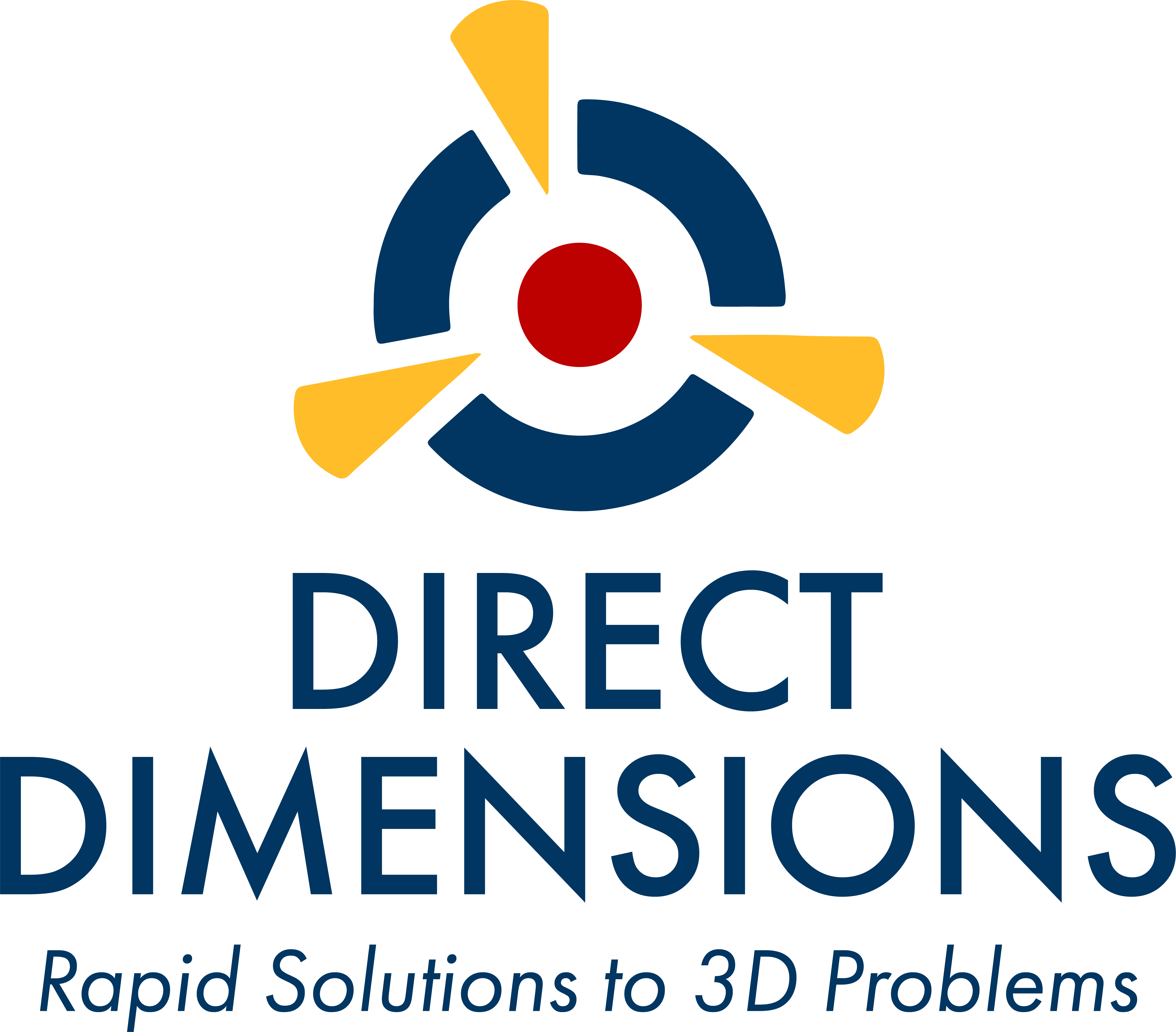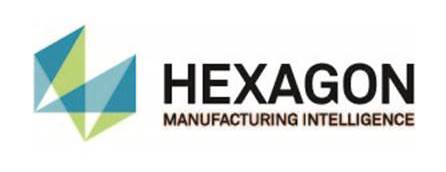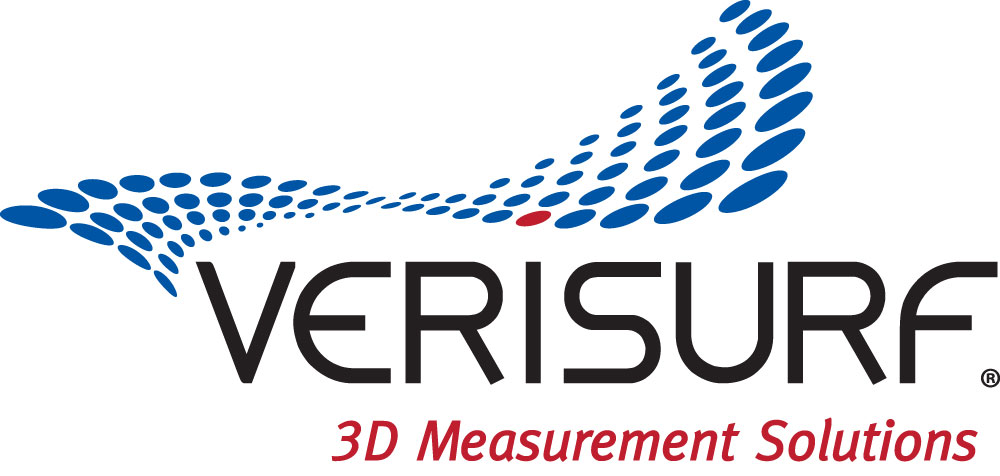Absolute Measurements for Body-in-White
Alexander Schönberg - FFT Produktionssysteme GmbH & Co. KG - Developer Sensing Technology
Being a key technology for understanding and controlling modern production concepts, absolute measurements impose a significant benefit for quality assurance and control. Laser Radar (LR) from Nikon Metrology allows FFT to deliver off-line and in-line measurements carried out with absolute precision meeting the demands of automotive assembly. For serial production FFT implements tailormade software for measuring in production environments. Expertise in system integration coupled with the ability to develop in a partnership with the manufacturer of the measurement system and the end user leads to an industrial solution for measuring automobiles while they are being built and without any logistical or organizational influences.
As a non-contact measurement system based on light, LR offers the possibility to be flexible, what to measure and how to measure. This makes it almost impossible to be integrated manually without the help of engineering tools. Several hundred features, which are divided into dozens of parts and assemblies, are to be measured. In planning measurements and optimization of cycle times, the characteristics and system behavior becomes complex. The weak point of LR is that it uses a single steerable ray that requires defined incidence angles to measurement features and an unblocked line of sight. Therefore, LR must be moved to measurement positions. Referencing allows absolute measurements without the dependence on the positioning possibilities. A simulation and planning tool is developed by FFT to simulate the movements of LR by means of industrial robots, mechanical lifting devices or rotary tables while checking the features are measurable. A minimum set of LR positions covering the features in the required quality is chosen and used to generate and verify optimized measurement programs.
The measurements are performed using the native interface of LR. Two modes are used to measure features. A surface vector mode is used to measure approximately two-thirds of measurement features at a rate of about 3 points per seconds by grouping commands and using the internal measurement functions on the LR. Other features such as holes, bolts, edges, balls and gaps are scanned and then extracted with methods designed to correlate to classical coordinatemeasurement (CMM) methods. CMM is the reference system due to historical developments. The scanned features should be measured at an average rate of 0.4 per second. Referencing after repositioning the LR uses tooling balls (TB) or similar features. Overall, a CMM measurement plan should take about an hour. Inline-stations should cycle a maximum of 5 cars using a ring-strategy or a bypass solution. The Results are published as a report that is visible to the operator and to allow for quality control measures, visualization of the performance for experts in universal measurement programs, and a transfer to the customer documentation database.
The current state of development for the measurement of features in automotive production with LR is shown. Important points for the technological improvement of Large-Volume Measurement (LVM) systems are described in order to increase performance of LVM technology to expand modern production concepts by integrating absolute measurements.






